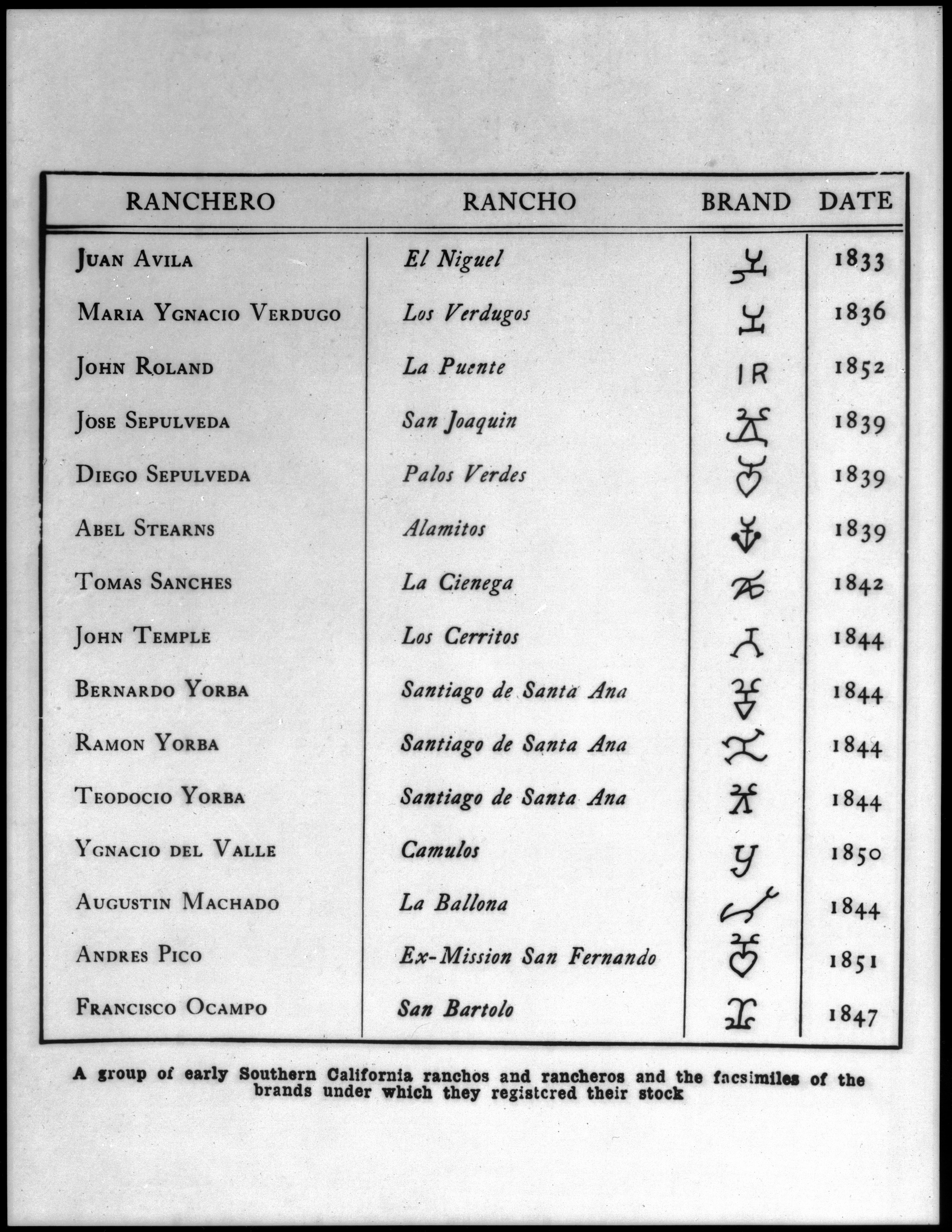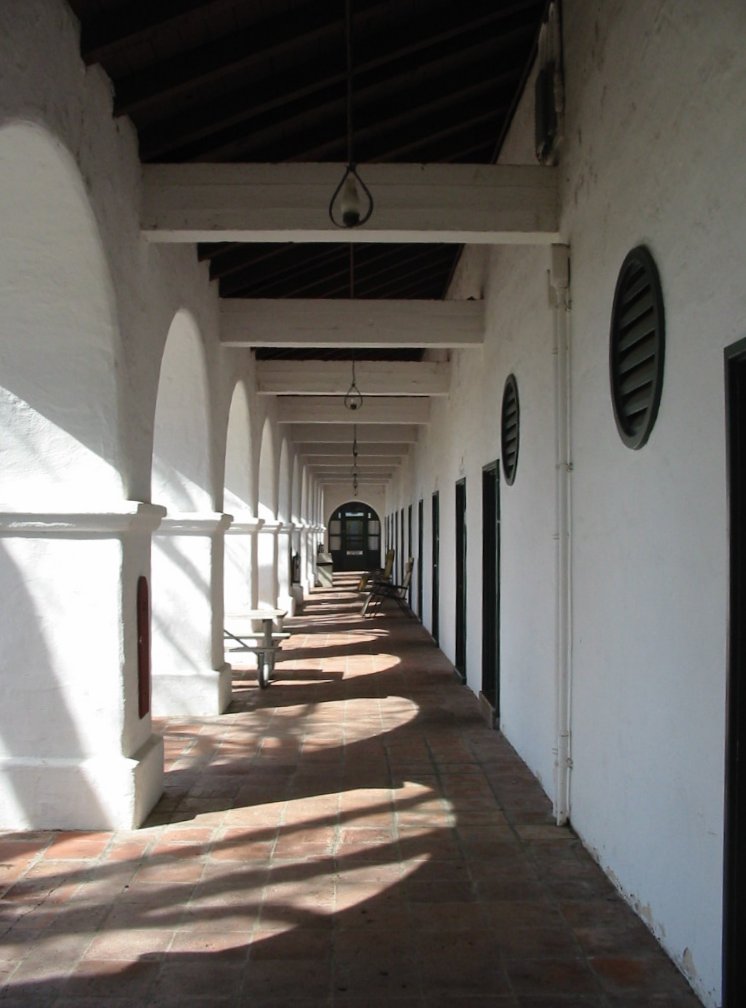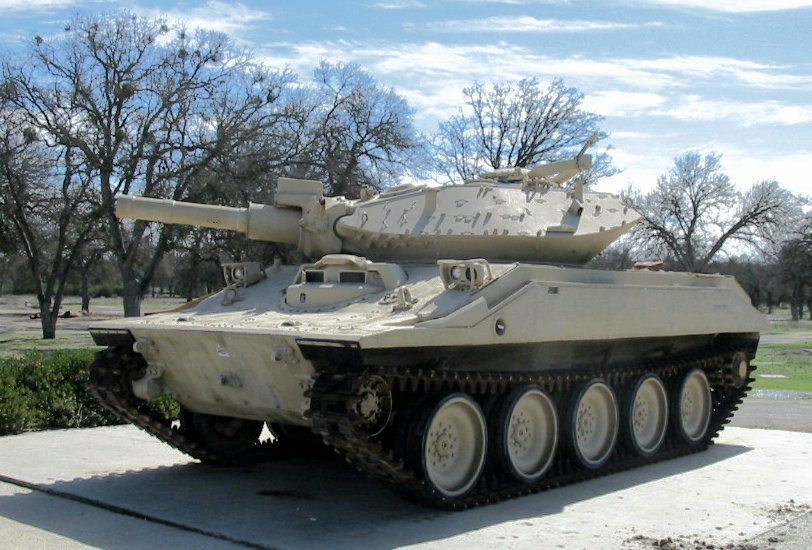|
Rancho Milpitas (Pastor)
Rancho Milpitas was a Ranchos of California, Mexican land grant in present-day Monterey County, California given in 1838 by governor Juan Bautista Alvarado, Juan Alvarado to Ygnacio Pastor. The grant encompassed present day Jolon, California, Jolon. History With secularization, the lands of the Mission San Antonio de Padua were divided into at least ten Mexican land grants (including Rancho Milpitas (Little Fields), Rancho El Piojo (The Louse), Rancho San Miguelito de Trinidad, and Rancho Los Ojitos (Little Springs)). Ygnacio Pastor, a neophyte of the San Antonio Mission, received the grant of Rancho Milpitas from Governor Alvarado in 1838. With the Mexican Cession, cession of California to the United States following the Mexican–American War, the 1848 Treaty of Guadalupe Hidalgo provided that the land grants would be honored. As required by the Land Act of 1851, a claim for Rancho Milpitas was filed with the Public Land Commission in 1853, and the grant was Land patent, patent ... [...More Info...] [...Related Items...] OR: [Wikipedia] [Google] [Baidu] |
Ranchos Of California
The Spanish and Mexican governments made many concessions and land grants in Alta California (now known as California) and Baja California from 1775 to 1846. The Spanish Concessions of land were made to retired soldiers as an inducement for them to remain in the frontier. These Concessions reverted to the Spanish crown upon the death of the recipient. The Mexican government later encouraged settlement by issuing much larger land grants to both native-born and naturalized Mexican citizens. The grants were usually two or more square leagues, or in size. Unlike Spanish Concessions, Mexican land grants provided permanent, unencumbered ownership rights. Most ranchos granted by Mexico were located along the California coast around San Francisco Bay, inland along the Sacramento River, and within the San Joaquin Valley. When the government secularized the Mission churches in 1833, they required that land be set aside for each Neophyte family. But the Native Americans were quickly ... [...More Info...] [...Related Items...] OR: [Wikipedia] [Google] [Baidu] |
Public Land Commission
The California Land Act of 1851 (), enacted following the Treaty of Guadalupe Hidalgo and the admission of California as a state in 1850, established a three-member Public Land Commission to determine the validity of prior Spanish and Mexican land grants. It required landowners who claimed title under the Mexican government to file their claim with a commission within two years. Contrary to the Treaty of Guadalupe Hidalgo, which guaranteed full protection of all property rights for Mexican citizens, it placed the burden on landholders to prove their title. While the commission eventually confirmed 604 of the 813 claims, almost all of the claims went to court and resulted in protracted litigation. The expense of the long court battles required many land holders to sell portions of the property or even trade it in payment for legal services. A few cases were litigated into the 1940s. Legislation California Senator William M. Gwin presented a bill that was approved by the Senate ... [...More Info...] [...Related Items...] OR: [Wikipedia] [Google] [Baidu] |
California Ranchos
The Spanish and Mexican governments made many concessions and land grants in Alta California (now known as California) and Baja California from 1775 to 1846. The Spanish Concessions of land were made to retired soldiers as an inducement for them to remain in the frontier. These Concessions reverted to the Spanish crown upon the death of the recipient. The Mexican government later encouraged settlement by issuing much larger land grants to both native-born and naturalized Mexican citizens. The grants were usually two or more square leagues, or in size. Unlike Spanish Concessions, Mexican land grants provided permanent, unencumbered ownership rights. Most ranchos granted by Mexico were located along the California coast around San Francisco Bay, inland along the Sacramento River, and within the San Joaquin Valley. When the government secularized the Mission churches in 1833, they required that land be set aside for each Neophyte family. But the Native Americans were quickly ... [...More Info...] [...Related Items...] OR: [Wikipedia] [Google] [Baidu] |
List Of Ranchos Of California
These California land grants were made by Spanish (1784–1821) and Mexican (1822–1846) authorities of Las Californias and Alta California to private individuals before California became part of the United States of America.Shumway, Burgess M.,1988, ''California Ranchos: Patented Private Land Grants Listed by County'', The Borgo Press, San Bernardino, CA, Under Spain, no private land ownership was allowed, so the grants were more akin to free leases. After Mexico achieved independence, the Spanish grants became actual land ownership grants. Following the Mexican–American War, the 1848 Treaty of Guadalupe Hidalgo provided that the land grants would be honored. Alta California ranchos in Mexico From 1773 to 1836, the border between Alta California and Baja California was about 30 miles south of the Mexico–United States border drawn by the Treaty of Guadalupe Hidalgo that ended the Mexican–American War in 1848. Under the Siete Leyes constitutional reforms of 1836, the Alt ... [...More Info...] [...Related Items...] OR: [Wikipedia] [Google] [Baidu] |
National Register Of Historic Places
The National Register of Historic Places (NRHP) is the United States federal government's official list of districts, sites, buildings, structures and objects deemed worthy of preservation for their historical significance or "great artistic value". A property listed in the National Register, or located within a National Register Historic District, may qualify for tax incentives derived from the total value of expenses incurred in preserving the property. The passage of the National Historic Preservation Act (NHPA) in 1966 established the National Register and the process for adding properties to it. Of the more than one and a half million properties on the National Register, 95,000 are listed individually. The remainder are contributing resources within historic districts. For most of its history, the National Register has been administered by the National Park Service (NPS), an agency within the U.S. Department of the Interior. Its goals are to help property owners and inte ... [...More Info...] [...Related Items...] OR: [Wikipedia] [Google] [Baidu] |
The Hacienda (Milpitas Ranchhouse)
The Hacienda is the current name for a hotel in Monterey County, California, that was completed in 1930 for use by William Randolph Hearst as temporary housing for his employees and guests and headquarters for activities taking place on the surrounding land. The lodge building, designed by architect Julia Morgan, replaced and expanded upon an earlier wooden structure known as the Milpitas Ranch House which was destroyed by fire in the 1920s. The 1930 hotel has also been known as Milpitas Hacienda,Cal Poly Library Services. Julia Morgan — An Online Exhibition. ''Milpitas Hacienda, Jolon, Monterey County, California'' . Retrieved March 1, 2009. Hacienda Guest Lodge and Milpitas Ranchhouse, under w ... [...More Info...] [...Related Items...] OR: [Wikipedia] [Google] [Baidu] |
Fort Hunter Liggett
Fort Hunter Liggett is a United States Army fort in Jolon, California, in southern Monterey County, California. The fort, named in 1941 after General Hunter Liggett, is primarily used as a training facility, where activities such as field maneuvers and live fire exercises are performed. It is roughly 25 miles northwest of Camp Roberts, California. Geography The Salinas Valley is the fort's northern border, the Santa Lucia Mountains bound it on the east, Los Padres National Forest on the west and the Monterey and San Luis Obispo County line on the south. The fort originally comprised 200,000 acres (81,000 ha), but even at its present size of 167,000 acres (68,000 ha), it is the largest United States Army Reserve post. Some of the land, 52 acres (21 ha), was given to Mission San Antonio de Padua, bringing its size to 85 acres (34 ha). Additionally, land has been traded between the United States Forest Service, which owns the adjacent Los Padres National Forest ... [...More Info...] [...Related Items...] OR: [Wikipedia] [Google] [Baidu] |
William Randolph Hearst
William Randolph Hearst Sr. (; April 29, 1863 – August 14, 1951) was an American businessman, newspaper publisher, and politician known for developing the nation's largest newspaper chain and media company, Hearst Communications. His flamboyant methods of yellow journalism influenced the nation's popular media by emphasizing sensationalism and human interest stories. Hearst entered the publishing business in 1887 with Mitchell Trubitt after being given control of ''The San Francisco Examiner'' by his wealthy father, Senator George Hearst. After moving to New York City, Hearst acquired the '' New York Journal'' and fought a bitter circulation war with Joseph Pulitzer's '' New York World''. Hearst sold papers by printing giant headlines over lurid stories featuring crime, corruption, sex, and innuendos. Hearst acquired more newspapers and created a chain that numbered nearly 30 papers in major American cities at its peak. He later expanded to magazines, creating the largest ne ... [...More Info...] [...Related Items...] OR: [Wikipedia] [Google] [Baidu] |
Faxon Atherton
Faxon Dean Atherton (1815–1877) was an American businessman, trader and landowner; initially successful in Valparaíso, Chile, he became a prominent citizen of San Mateo County, California. He is the namesake of Atherton, California. Early life Faxon Dean Atherton was born on January 29, 1815, in Dedham, Massachusetts into an established New England family, with roots back to the colonial period of the United States. He was the son of Abner Atherton and Betsey Dean of Dedham, Massachusetts. His father was a sea captain, first married to Catherine Dean, who when she died married her sister Betsy, who became Atherton’s mother. Boston merchant In 1830, Atherton entered the shipping and merchant business at the age of 15 as an apprentice to his brother-in-law, merchant Charles T. Ward. It was a time of growth in trade between the Massachusetts shoe and leather goods mills which needed raw hides from California and Chile. William Sturgis was among the most prominent at this ... [...More Info...] [...Related Items...] OR: [Wikipedia] [Google] [Baidu] |
Land Patent
A land patent is a form of letters patent assigning official ownership of a particular tract of land that has gone through various legally-prescribed processes like surveying and documentation, followed by the letter's signing, sealing, and publishing in public records, made by a sovereign entity. It is the highest evidence of right, title, and interest to a defined area. It is usually granted by a central, federal, or state government to an individual, partnership, trust, or private company. The land patent is not to be confused with a land grant. Patented lands may be lands that had been granted by a sovereign authority in return for services rendered or accompanying a title or otherwise bestowed ''gratis'', or they may be lands privately purchased by a government, individual, or legal entity from their prior owners. "Patent" is both a process and a term. As a process, it is somewhat parallel to gaining a patent for intellectual property, including the steps of uniquely def ... [...More Info...] [...Related Items...] OR: [Wikipedia] [Google] [Baidu] |
Treaty Of Guadalupe Hidalgo
The Treaty of Guadalupe Hidalgo ( es, Tratado de Guadalupe Hidalgo), officially the Treaty of Peace, Friendship, Limits, and Settlement between the United States of America and the United Mexican States, is the peace treaty that was signed on 2 February 1848, in the Villa de Guadalupe Hidalgo (now a neighborhood of Mexico City) between the United States and Mexico that ended the Mexican–American War (1846–1848). The treaty was ratified by the United States on 10 March and by Mexico on 19 May. The ratifications were exchanged on 30 May, and the treaty was proclaimed on 4 July 1848. With the defeat of its army and the fall of its capital in September 1847, Mexico entered into negotiations with the U.S. peace envoy, Nicholas Trist, to end the war. On the Mexican side, there were factions that did not concede defeat or seek to engage in negotiations. The treaty called for the United States to pay US$15 million to Mexico and to pay off the claims of American citizens against Mex ... [...More Info...] [...Related Items...] OR: [Wikipedia] [Google] [Baidu] |
Monterey County, California
Monterey County ( ), officially the County of Monterey, is a county located on the Pacific coast in the U.S. state of California. As of the 2020 census, its population was 439,035. The county's largest city and county seat is Salinas. Monterey County comprises the Salinas, California, Metropolitan Statistical Area. It borders on the southern part of Monterey Bay, after which it is named. (The northern half of the bay is in Santa Cruz County.) Monterey County is a member of the regional governmental agency: the Association of Monterey Bay Area Governments. Scenic features along the coastline - including Carmel-by-the-Sea, Big Sur, State Route 1, and the 17 Mile Drive on the Monterey Peninsula - have made the county famous around the world. Back when California was under Spanish and Mexican rule, the city of Monterey was its capital. Today, the economy of the county is mostly based on tourism in its coastal regions, and on agriculture in the region of the Salinas Rive ... [...More Info...] [...Related Items...] OR: [Wikipedia] [Google] [Baidu] |







.jpg)